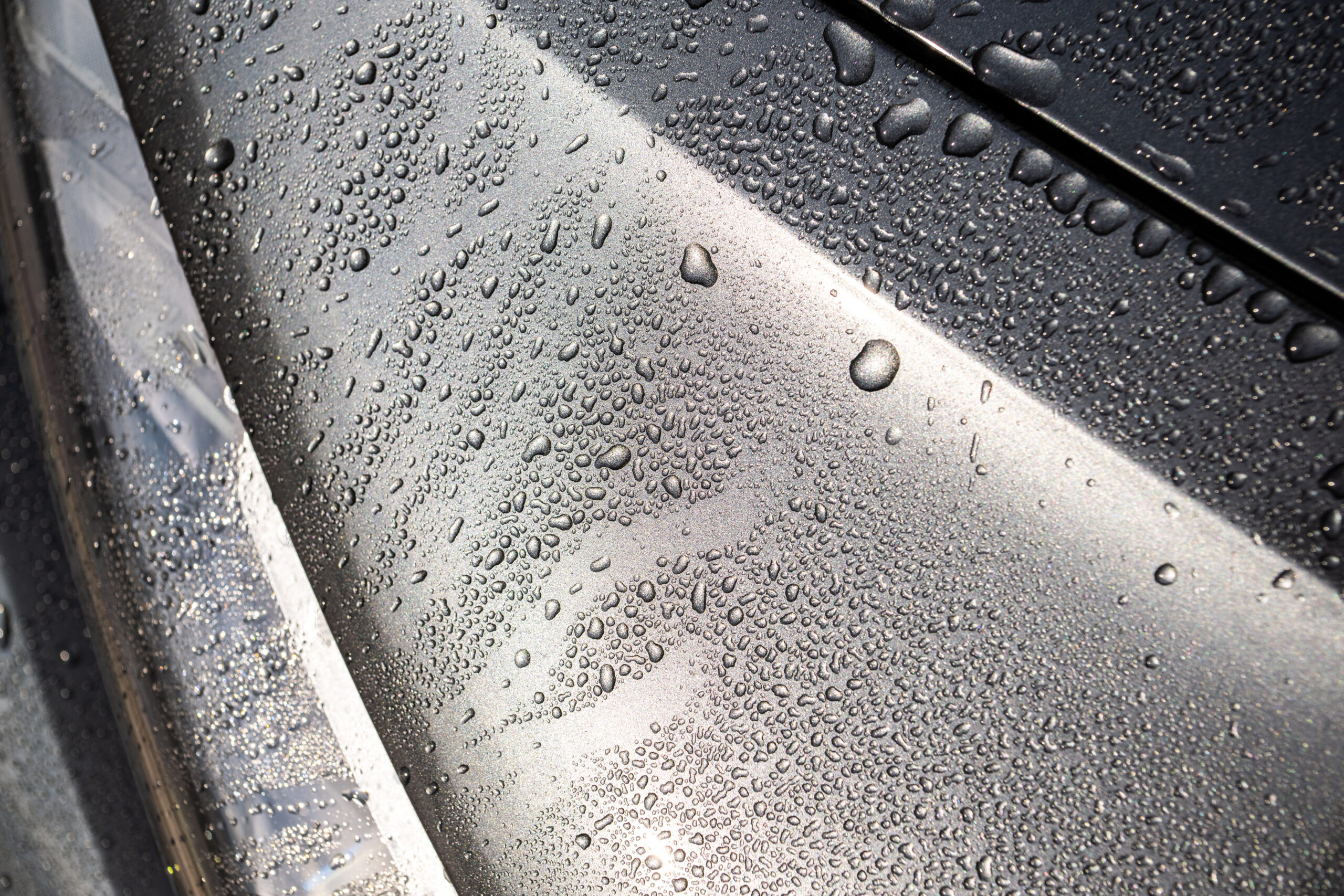Whether found in baked goods, pasta that’s far too old, or even chocolate candies, edible items can have mold on it that we sometimes can’t tell without just picking off a piece and feeling the texture. Moldy foods are not only off-putting to look at and more difficult to eat, but molds create toxins that the healthy human body cannot breakdown naturally.
What Does Mold on Chocolate Look Like?
Moldy chocolate will have a fuzzy, web-like appearance and can be any color, including white, green, black, or brown. The mold may also cause the chocolate to develop a powdery texture. If you see any of these signs, it’s best to throw the chocolate out.
The Importance of Quality Ingredients

Comparing chocolate to wine may seem like a stretch, but hear us out. Just like wine, chocolate is made from a agricultural product – cacao beans – that varies in quality from year to year and region to region. Cacao bean quality is impacted by everything from the environment in which they are grown to the fermentation process used after harvest.
The better the quality of the cacao beans, the better the quality of the chocolate. And just like with wine, expensive chocolate isn’t necessarily better than less expensive chocolate. It’s all about finding a chocolate that you enjoy eating and that fits your budget.
So how can you tell if a particular brand or type of dark chocolate is high quality? One way is to look for certification labels from organizations like Rainforest Alliance, Fairtrade, or UTZ Certified, which indicate that the cacao beans used in the chocolate were grown sustainably and ethically.
You can also look for single origin dark chocolates, which are made with cacao beans from a specific location. Single origin chocolates often have tasting notes that can give you an idea of what flavors to expect. For example, dark chocolate made with beans from Venezuela might taste fruity or floral, while dark chocolate made with beans from Honduras might taste earthy or smoky.
Finally, pay attention to the percentage of cacao listed on the label. The higher the percentage, the less sweet the chocolate will be.
Causes of Mold on Chocolate
Mold generally thrives in dark, damp, and warm environments – precisely the type of environment found in many chocolate factories. To make matters worse, cocoa beans themselves are susceptible to mold contamination.
Cocoa beans can become contaminated with mold at any stage of the production process – from when they are growing on the cocoa tree all the way to when they are being processed into chocolate. One of the most common ways that cocoa beans become infected with mold is through contact with contaminated water or soil. Once the beans have been harvested, they are often stored in humid conditions, which can also lead to mold growth.
Once cocoa beans have been contaminated with mold, it is very difficult to remove the mold spores from the surface of the bean. This is because cocoa beans have a very porous surface, which allows mold spores to penetrate deep into the bean. As a result, even if the outside of a cocoa bean appears to be free of mold, there may still be mold spores present inside the bean.
The presence of mold on cocoa beans can cause a number of problems during chocolate production. First, it can lead to off-flavors in the chocolate. Second, it can cause rancidity and spoilage. Finally, it can potentially create harmful toxins that can contaminate the finished product.
How to Prevent Mold on Your Sweet Treats

If you’re like most people, you probably have a stash of chocolate hidden away in your pantry for those moments when you need a quick sweet fix. But if you’re not careful, that chocolate can become contaminated with mold. Here’s how to prevent mold from ruining your favorite treats:
1. Store chocolate in a cool, dry place. Chocolate is sensitive to temperature and humidity, so it’s important to store it in an environment that isn’t too hot or too humid. A cabinet or pantry is usually a good spot.
2. Inspect your chocolate before eating it. Take a close look at your chocolate before digging in. If you see any signs of mold, such as discoloration or fuzzy growth, toss it out.
3. Don’t use damaged packaging. If the packaging on your chocolate is ripped or torn, don’t use it. The damage could allow mold spores to enter and contaminate the chocolate inside.
4. Keep chocolate away from other food items. Mold can easily spread from one food item to another, so it’s important to keep your chocolate separate from other items in your pantry
Conclusion
When it comes to brown spots on dark chocolate, it can be hard to tell if they are mold or not. However, there are a few things you can look for that will help you determine whether or not the spot is mold. First, check to see if the spot is raised or sunken in. If it is raised, it is likely mold. If it is sunken in, it is probably just a piece of debris. Second, check the texture of the spot. If it is slimy or fuzzy, it is definitely mold and should be thrown away. Finally, smell the spot. If it smells musty or like alcohol, it is probably mold and should not be consumed.







